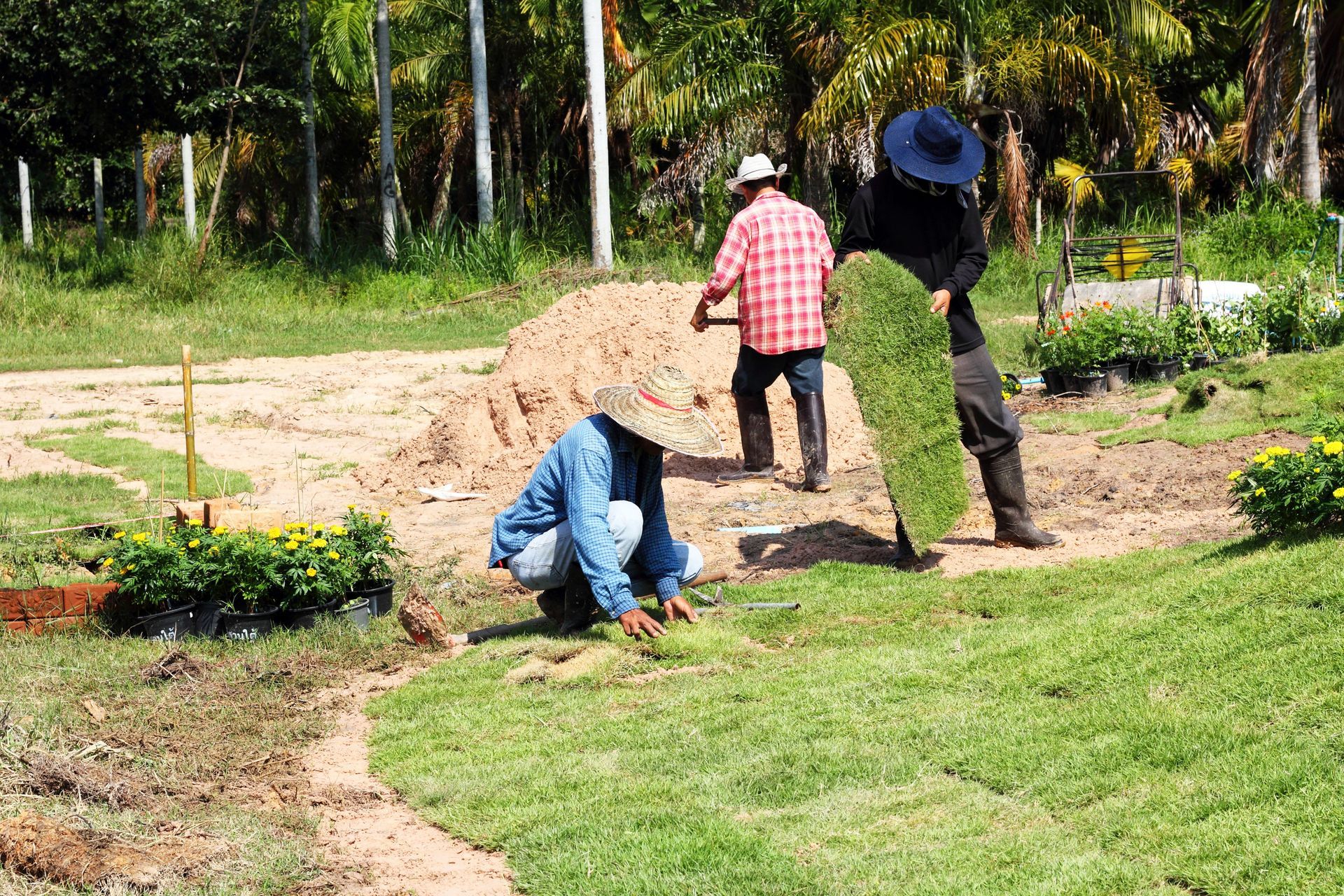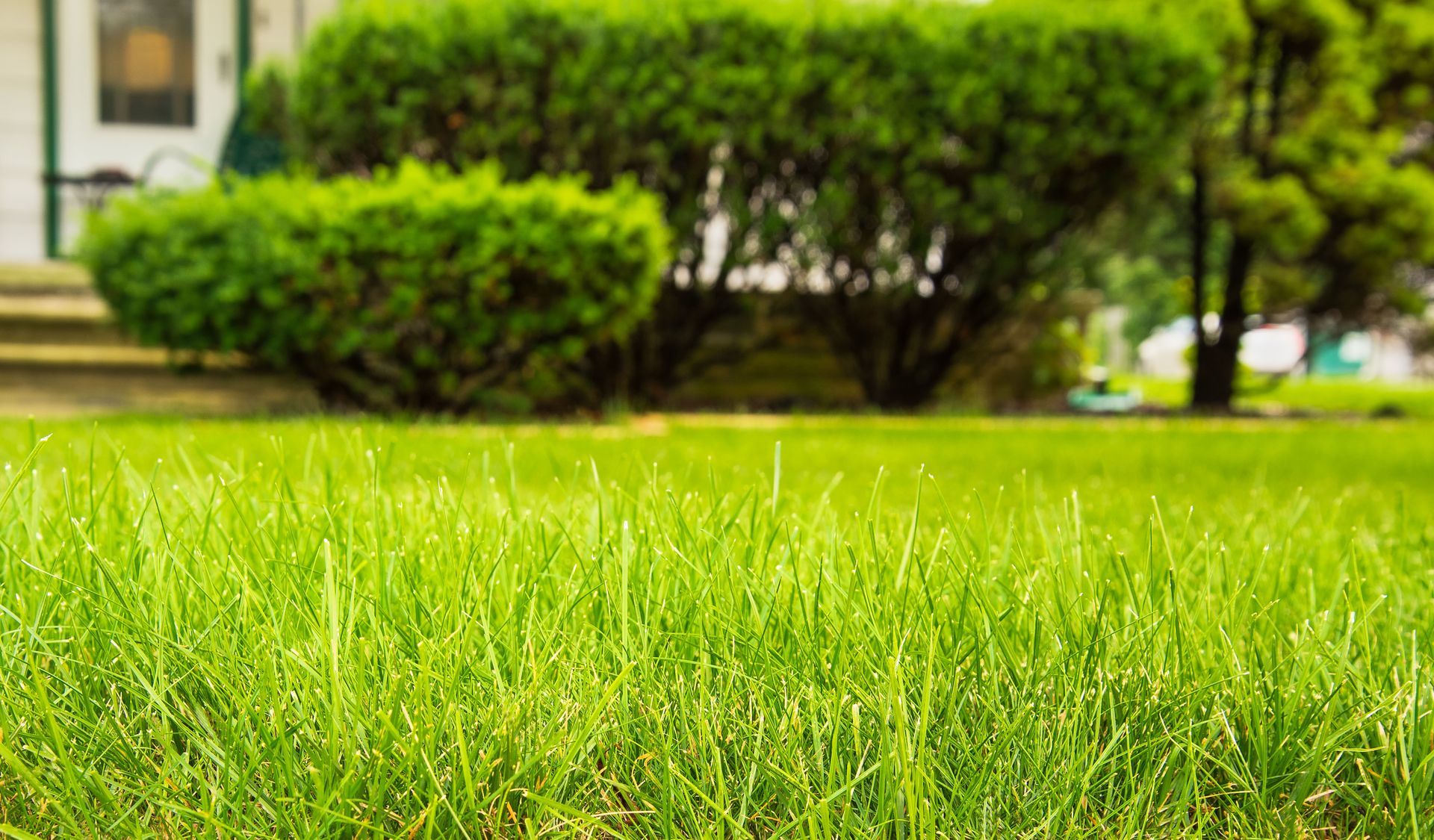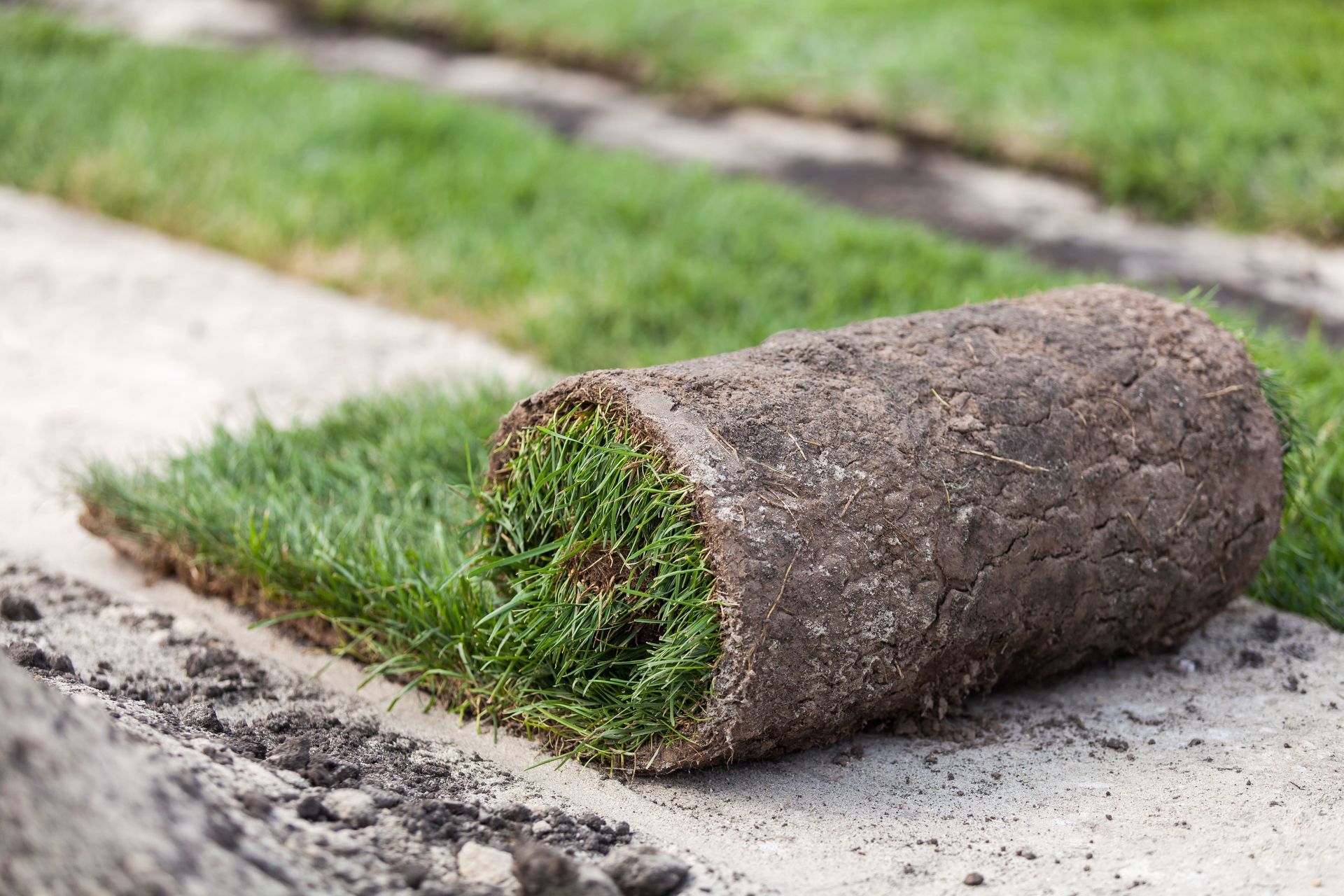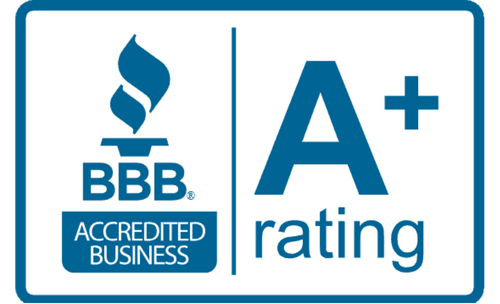August 11, 2025
Artificial turf has seen a significant rise in popularity over recent years. Many homeowners and business owners are now opting for artificial turf due to its low maintenance nature and its aesthetic appeal. However, there are common misconceptions about the maintenance needs of artificial turf. While it does require less upkeep compared to natural grass, it is by no means maintenance-free. This article aims to debunk myths and provide a comprehensive guide to maintaining your artificial turf effectively.
Performing Regular Maintenance
Cleaning the Turf Routinely
Maintaining the beauty of your artificial turf involves routine cleaning to remove dust and debris. Sweeping or washing the turf with water can eliminate surface dust, while a leaf blower can effectively handle loose debris. Removing organic materials like leaves not only keeps the turf clean but also prevents mold growth. Additionally, hosing down the turf occasionally helps to keep it fresh and free of accumulated grime. Keeping the turf clean ensures it maintains its aesthetic quality and extends its useful life.
Controlling Odors Effectively
Artificial turf can sometimes retain odors, especially in areas frequented by pets or if spills occur. Applying a mixture of water and vinegar can effectively neutralize these odors without harming the turf fibers. Other products designed specifically for odor management can also be used. Regularly cleaning the turf and minimizing organic matter prevents odors from becoming a recurrent issue. Consistent maintenance ensures that the turf remains a pleasant, odor-free outdoor space.
Preventing Weeds and Pests
Even though artificial turf is designed to be highly resistant to weeds, some can still appear through infill if not managed properly. Applying a pre-emergent weed killer periodically should mitigate this issue. Moreover, pests, though less attracted to synthetic turf, can sometimes be a nuisance. Insecticide treatments are available and should be applied following the manufacturer’s guidelines. Regular checks and maintenance routines can significantly reduce incidences of weeds and pests.
Managing Seasonal Maintenance
Caring for Turf in Winter
During the winter months, managing snow and ice buildup on artificial turf is crucial to maintaining its integrity. It's advised to use a plastic shovel rather than a metal one to remove snow to avoid damaging the fibers. For icy patches, applying a non-caustic snow melt can speed up thawing without harming the turf. Avoid using salt-based products as they could damage the turf materials over time. Proper care ensures the turf remains in good condition throughout the cold season.
Refreshing and Renovating in Spring
As temperatures rise in spring, revitalizing your turf is essential for optimal performance during the warmer months. Begin by thoroughly cleaning the turf to remove any debris accumulated over winter. Inspect for any damage that may have occurred during the colder months and perform necessary repairs. Brushing the turf will restore its texture and appearance. A spring refresh ensures that your turf remains ready for heightened use in the coming months.
Managing Turf During Summer Heat
In the peak of summer heat, artificial turf can become considerably hotter than natural grass. To manage the heat, rinsing the turf with water during the cooler parts of the day can help bring down the surface temperature. Select turf with heat-resistant properties or infill materials that reflect heat to minimize temperature issues. Taking these precautions can ensure continuous usability and comfort throughout the hottest season of the year.
Removing Leaves and Inspecting in Fall
In autumn, fallen leaves can accumulate on the turf, leading to a messy appearance and potential for mold if left unattended. Regular use of a leaf blower or rake can quickly clear away leaves without damaging the turf. Additionally, fall is an ideal time to do a comprehensive inspection of the turf for any wear or defects that may need attention. Routine maintenance and inspections ensure your turf remains pristine and prepared for the winter months.
Adapting to Regional Climates
Climate conditions can vary significantly by region, affecting the specific maintenance needs of artificial turf. For example, areas receiving heavy rainfall may require enhanced drainage solutions, while arid climates may necessitate dust management. Customizing the maintenance practices to the local climate ensures the turf's longevity and performance. By understanding regional climate impacts, turf maintenance can be efficiently managed to adapt to seasonal variability. A tailored approach often leads to better outcomes for turf health and appearance.
Troubleshooting and Making Repairs
Identifying Common Problems
Despite the robustness of artificial turf, it can still face wear and damage. Common signs include fiber matting, uneven seams, and infill displacement. Recognizing these issues early can significantly simplify repair efforts and reduce severe damage. Conducting periodic inspections helps track the turf condition and formulate a timely response to emerging problems. Addressing these issues ensures that the turf maintains its intended performance and longevity.
Using Professional Repair Services
In cases where damage is extensive or particularly complex, seeking professional assistance becomes essential. Professionals can offer comprehensive services, including complete turf renovation or specialized repairs. They have the technical know-how and equipment to ensure repairs meet industry standards. Engaging professional services can often save time and prevent further damage. It's crucial to recognize when professional help is warranted for the long-term health of your turf.
Understanding the Cost of Turf Care
Calculating Setup and Installation Costs
When considering artificial turf, the initial costs can be significant. This includes the price of materials, site preparation, and professional installation fees. While it's a sizable upfront investment, it can offer long-term value. Evaluating different suppliers and installation services can help secure competitive pricing. Understanding these initial expenses is key to setting realistic financial expectations. According to The Business Research Company, the artificial turf market size has grown strongly from $3.92 billion in 2024 to $4.18 billion in 2025 at a compound annual growth rate (CAGR) of 6.5%, reflecting the increasing demand for this low-maintenance alternative.
Evaluating Long-Term Savings
Over time, artificial turf typically delivers cost savings over natural grass due to reduced water use and maintenance needs. Lower waste management costs and less frequent need for fertilizers contribute to overall savings. Moreover, the extensive lifespan of high-quality turf further enhances these financial benefits. Evaluating the long-term expenditures provides a better insight into the value and return on investment of artificial turf. It's a strategy for achieving both financial and environmental benefits over the years.
Comparing With Natural Alternatives
Comparisons between artificial turf and natural grass reveal various financial advantages. Natural grass requires ongoing expenses for mowing, watering, and fertilization which can add up over time. By contrast, artificial turf's initial higher cost is offset by lower yearly maintenance expenses. The avoidance of pesticide and water costs additionally furthers the financial attractiveness of turf. While upfront investment is considerable, artificial turf's ongoing savings make it a viable economic choice.
Considering Environmental Sustainability
Reducing Water Consumption
One of the primary benefits of artificial turf is its potential for significant water savings. Unlike natural grass, turf requires minimal irrigation, which can lead to substantial reductions in water usage. This is particularly beneficial in areas facing water shortages or drought conditions. Additionally, the reduction in water demand contributes positively to environmental sustainability. By conserving water resources, artificial turf aligns with eco-friendly practices.
Recycling and Proper Disposal
As artificial turf reaches the end of its life, proper disposal is crucial in minimizing environmental impacts. Many current turf products are designed to be recyclable, encouraging sustainable disposal practices. Some companies offer recycling services, reducing the landfill burden and reprocessing materials into new turf products.
Understanding recycling options is essential for environmentally minded consumers. It aligns with broader commitments to sustainability in urban and rural environments.
Artificial turf offers a versatile and increasingly popular alternative to natural grass.
Despite common misconceptions, maintaining turf requires thoughtful practices to assure its longevity and aesthetic appeal. From understanding material differences to regular maintenance and environmental considerations, effective management is key. These actions guarantee not only immediate benefits but also contribute to long-term sustainability. By recognizing and embracing proper maintenance techniques, turf owners can enjoy resilient and beautiful installations for years to come. Contact HomeTurf today to learn how our turf solutions and expert guidance can help you protect your investment and keep your yard looking its best.







